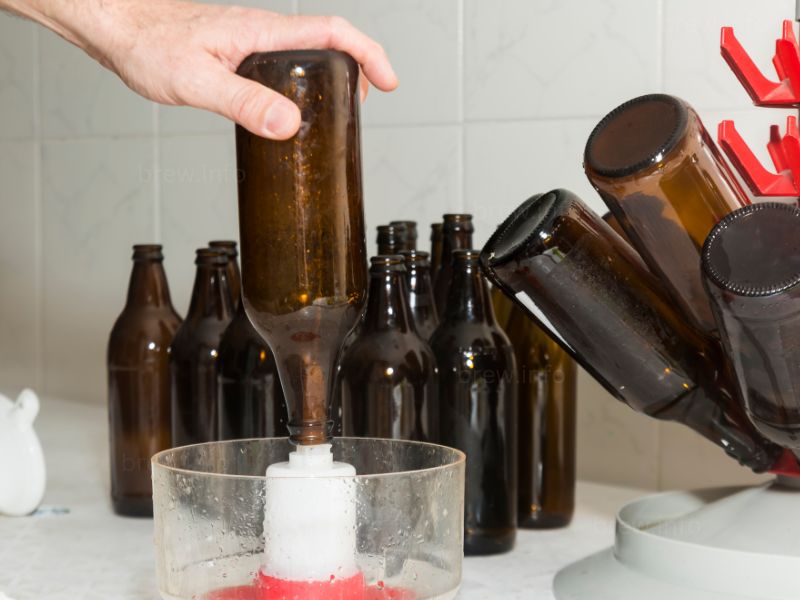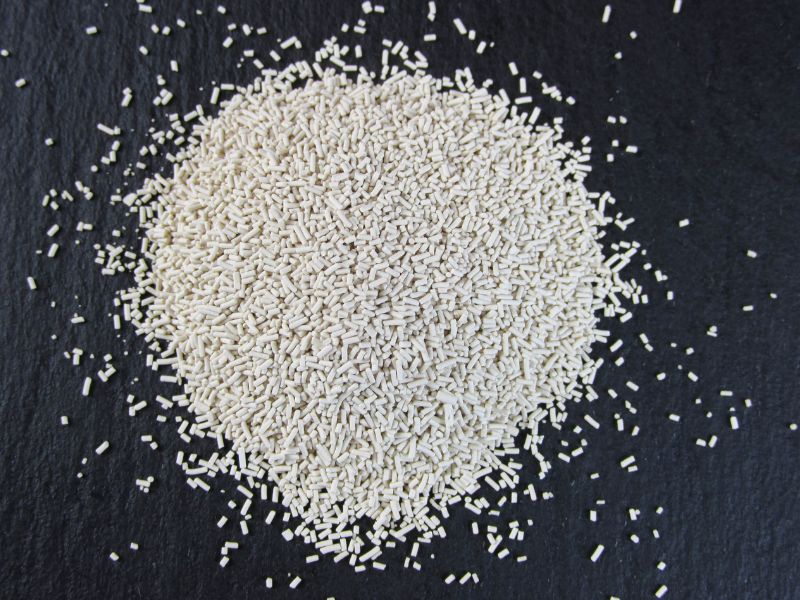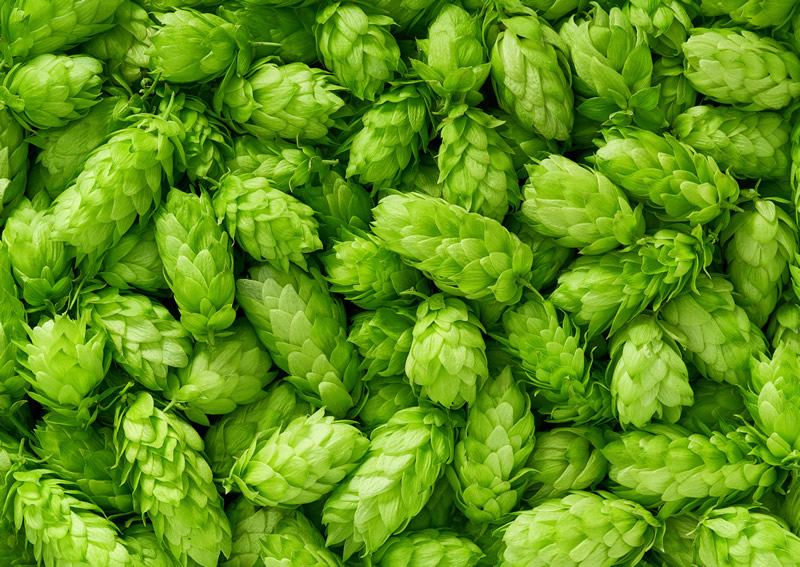Sanitation is The Heart of Homebrewing
Sanitation. It’s a word that isn’t likely to spark enthusiasm among most folks. Yet, in the world of homebrewing, it’s a term that holds immense importance. Believe it or not, it’s the magic element that ensures your labor of love transforms into a delicious pint of beer. What a pity if a batch is wasted due to poor sanitation practices, right?
The Beast That Lurks
Picture this. You’ve invested hours, passion, and yes, your hard-earned money into crafting that perfect brew. You’ve followed the recipe meticulously, added all your ingredients at the right moments, and you’re eager to taste the fruits of your labor. And then it hits – your beer has an odd, funky taste. This, my friend, is the nightmare scenario that every homebrewer dreads: contamination.
Contamination is an uninvited guest that sneaks into your brewing process when you least expect it. It’s introduced through wild yeasts, molds, or bacteria that find their way into your brew. Not only can they spoil your brew, but they can also pose serious health risks. It’s crucial to keep this unwanted guest at bay, and that’s where sanitation comes into play.
Your Brew’s Best Friend
Understanding the importance of sanitation in homebrewing, let’s talk about how to incorporate it into our routine. A good rule of thumb is to sanitize anything that comes into contact with your wort after the boil. That includes fermenters, airlocks, hoses, and even your hands. Using a good quality, food-grade sanitizer is key.
Now, sanitizing is not the same as cleaning. Cleaning involves removing visible dirt or residue. Sanitizing, on the other hand, involves reducing the number of microorganisms to safe levels. Therefore, it’s a two-step process: clean first, then sanitize.
A Real-Life Illustration – The Tale of the Spoiled Stout
To illustrate the impact of sanitation, let’s consider a story from my personal homebrewing experience. I once brewed a batch of stout that I was particularly excited about. I’d sourced the best ingredients and followed a time-tested recipe. However, I let my excitement overshadow my usual sanitation routine. As a result, a wild yeast found its way into the fermentation bucket, spoiling the entire batch. It was a harsh reminder of the importance of sanitation.
Maintaining Consistent Sanitation – The Journey to Perfection
Keeping up a consistent sanitation routine might seem daunting at first. It might even feel like an extra chore. But remember, a bit of extra care can save you a lot of heartache in the long run. And let’s not forget, there’s nothing quite like the satisfaction of savoring a pint of beer that you’ve brewed yourself – a beer that’s free from any form of contamination, all thanks to good sanitation practices.
So, how can we ensure consistent sanitation? One method I’ve found helpful is to create a checklist of everything that needs sanitizing. Before each brewing session, I tick off each item on the list as I sanitize it. This helps ensure I don’t miss out on anything and keeps my brew safe from the dreaded beast of contamination.
The Unsung Hero of Homebrewing
In the end, while sanitation may not be the most glamorous part of homebrewing, it’s undoubtedly one of the most critical. It’s the unsung hero that ensures your brew is not only delicious but also safe to consume. So, embrace sanitation, and here’s to many successful brews!
Remember, when it comes to homebrewing, sanitation isn’t just good practice; it’s an absolute necessity.
The Not-So-Secret Secret – Quality Sanitizers
So, you’re ready to prioritize sanitation. What’s next? Well, picking the right sanitizing agent is a significant first step. Star San, for instance, is a popular choice among homebrewers. It’s a no-rinse sanitizer, which means you can leave it on your equipment without any fear of it affecting your brew. And trust me, not having to rinse off the sanitizer saves a lot of time.
Sanitation Beyond Brewing – Bottling, and Storage
Let’s not forget that sanitation extends beyond the brewing process. It’s just as important when it comes to bottling your brew. Each bottle, and each cap, need to be thoroughly cleaned and sanitized before use. Why? Because once again, our arch-nemesis, contamination, is waiting for any opportunity to strike.
And let’s talk storage. Keeping your brewing equipment clean and well-maintained when not in use helps prevent any buildup of bacteria or wild yeast. A little effort now saves a lot of cleaning and sanitizing later.
The Right Tools for the Job – Sanitation Products for Homebrewing
Choosing the right sanitation products is vital to maintaining a safe and efficient brewing environment. There are a few tried-and-true options loved by homebrewers.
Star San – A Homebrewer’s Best Friend
Let’s start with the heavy hitter, Star San. I mentioned it earlier, but it’s worth discussing in more detail. Star San is a favorite in the homebrewing community, and for good reason. It’s an acid-based, no-rinse sanitizer, which means it doesn’t need to be washed off before use. This feature makes it both time-efficient and effective. Plus, it’s safe for all your equipment, whether plastic or metal.
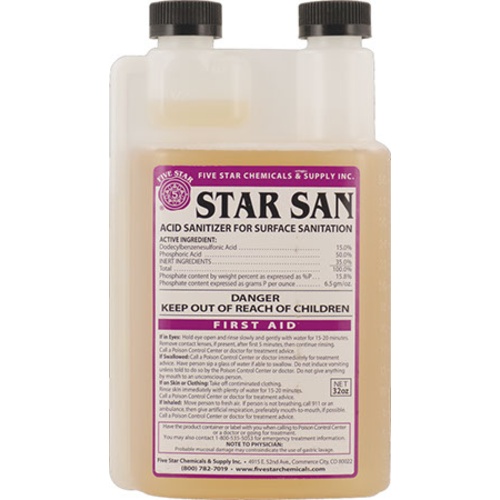
Iodophor – The Powerful Sanitizer
Another potent option is Iodophor, an iodine-based sanitizer. It’s incredibly effective at killing bacteria and doesn’t leave any aftertaste. However, it can stain your equipment and surfaces if left in contact for too long. Despite this minor drawback, it’s still a reliable choice for ensuring a sanitary brewing environment.
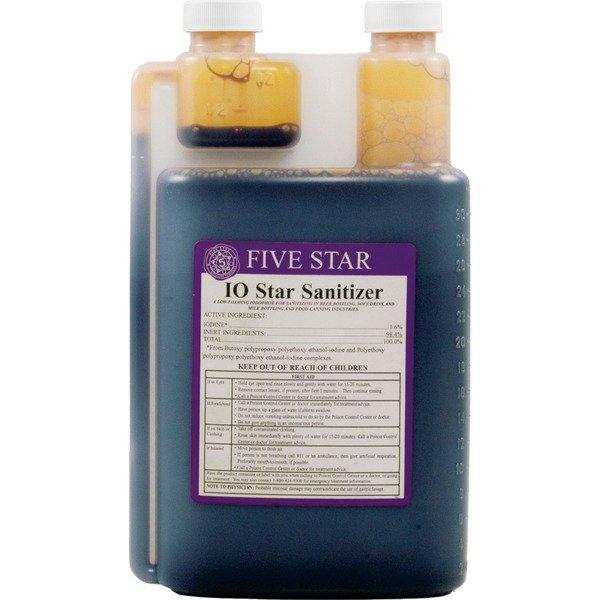
One-Step – The Convenient Option
One-Step is another excellent sanitizer. True to its name, it’s a one-step, no-rinse cleaner and sanitizer. It’s not as potent as Star San or Iodophor, but it’s a convenient and affordable option for beginners or anyone wanting to keep their brewing routine simple.
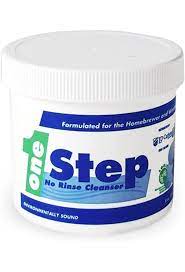
PBW – A Cleaning Master
Powdered Brewery Wash (PBW) deserves a special mention, too. While technically a cleaner rather than a sanitizer, it’s an invaluable part of a good sanitation routine. It’s fantastic for cleaning equipment, particularly anything with stubborn, stuck-on residue. Once your equipment is clean, you can move on to sanitizing with one of the products mentioned above.
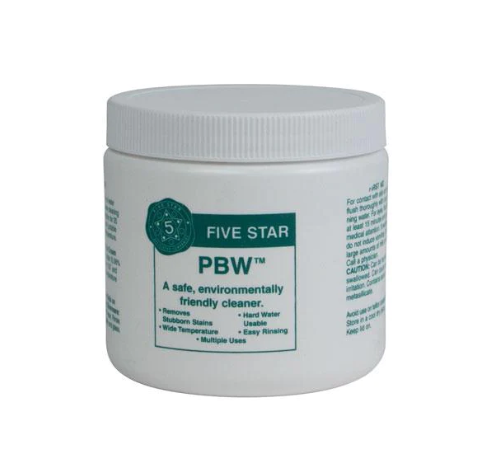
Closing Thoughts – The Magic of Sanitation in Homebrewing
In the grand scheme of homebrewing, sanitation might seem like a small detail, but its impact is far from small. It’s the invisible shield protecting your brew from contamination. It’s the magic wand that ensures your efforts culminate in a brew that’s safe, delicious, and oh-so-satisfying. It’s the difference between a successful homebrewer and an unhappy one. So, don’t underestimate sanitation. Embrace it. Master it. And enjoy the fruits, or rather, the brews of your labor.
© 2011-2023 by Brew.info. All rights reserved. No part of this document may be reproduced or transmitted in any form or by any means, electronic, mechanical, photocopying, recording, or otherwise, without prior written permission of Brew.info.

